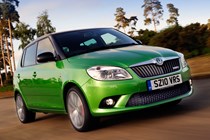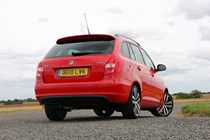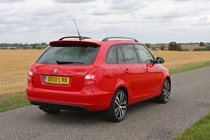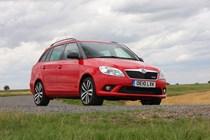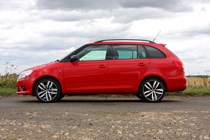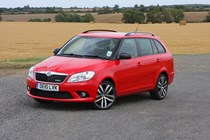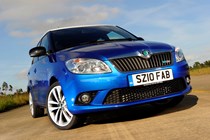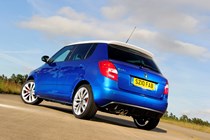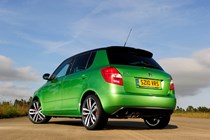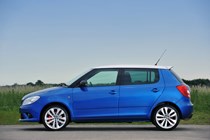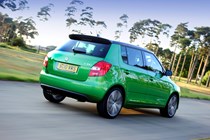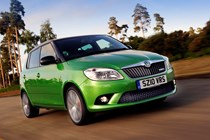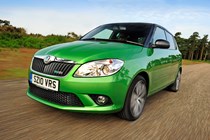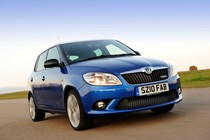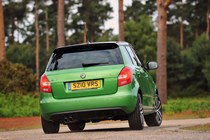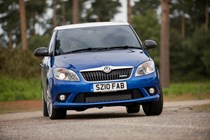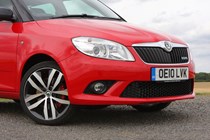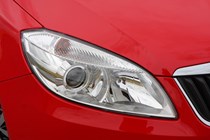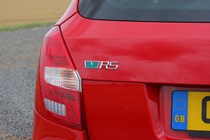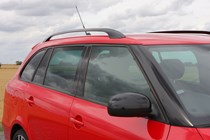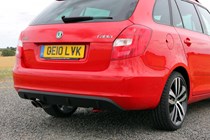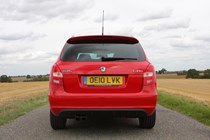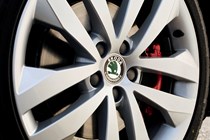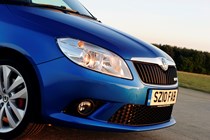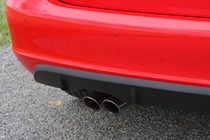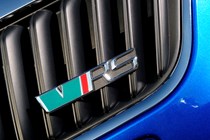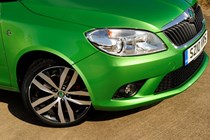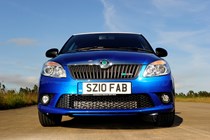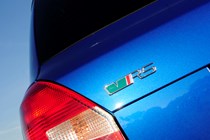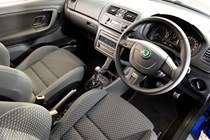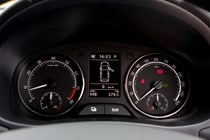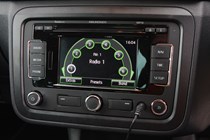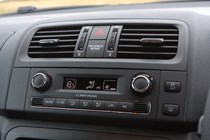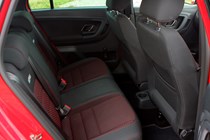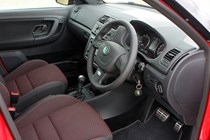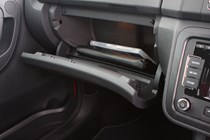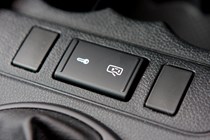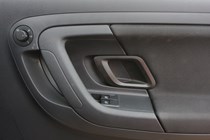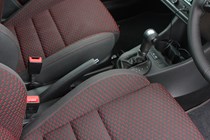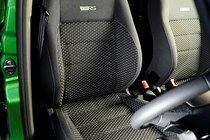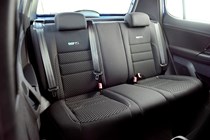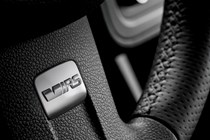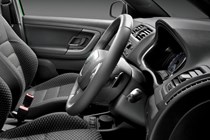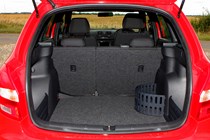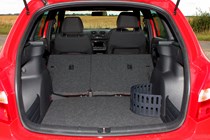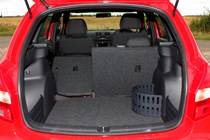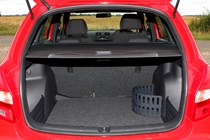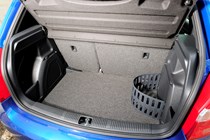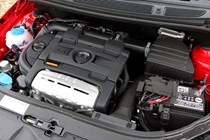
Skoda Fabia vRS (2010-2014) engines, drive and performance
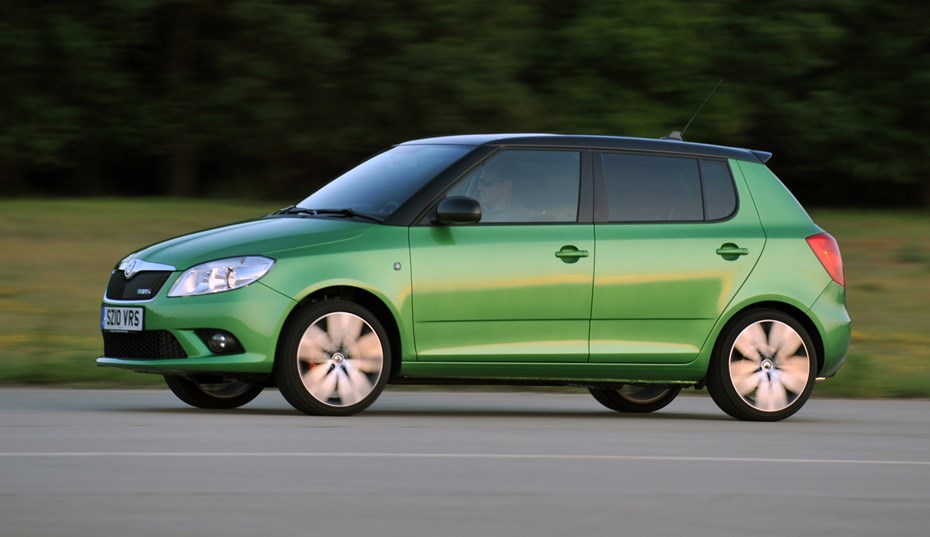
Skoda has dropped the diesel engine that powered the previous generation of Fabia vRS, and opted instead for a 1.4-litre TSi petrol capable of producing 180bhp. The Fabia vRS can cover the benchmark zero to 62mph sprint in 7.3 seconds and it has a top speed of 139mph (the estate version will hit 140mph). The previous generation vRS managed 0-62mph dash in 9.2 seconds and had a top speed of 128mph.
Pulling power is better than the majority of its rivals as the Fabia vRS has 250Nm between 2,000 and 4,500 revs. The 1.4-litre TSi engine combines a turbocharger and a supercharger and it is mated to a seven-speed dual clutch gearbox (DSG) that provides seamlessly gear changes. The ‘Playstation generation’ will love the steering-wheel mounted paddle shift gear changers but purist driving enthusiasts will be disappointed that there is no manual gearbox option.
The Estate version of the vRS also comes with the same 1.4-litre engine with 180bhp with the same 0-62mph time but a top speed of 140mph.
The Fabia vRS mixes sportiness and refinement well, and means it’s a very good car to drive on a daily basis. However, if you want the best handling car in the class then you should look no further than the Renault Clio Sport 200. However, the Fabia vRS will be much easier to live with than the Clio Sport 200. The Czech car is softer but it does handle quite well and Skoda has fitted XDS.
This is an electronically-controlled slip differential and it has been designed to improve the handling of the car when driving enthusiastically. When cornering, XDS works by braking the unstressed wheel on the inside of the corner and transferring the force onto the outside wheel that is doing the majority of the work. This system gives the car increased traction and a sharper turn-in enabling you to carry more speed through corners with less understeer than on the previous generation.
The Estate mdoel doesn’t feel as competent as the Hatchback version. The steering is a little vague and could benefit from some added weight to fill the driver with a bit confidence, especially in tighter bends.


